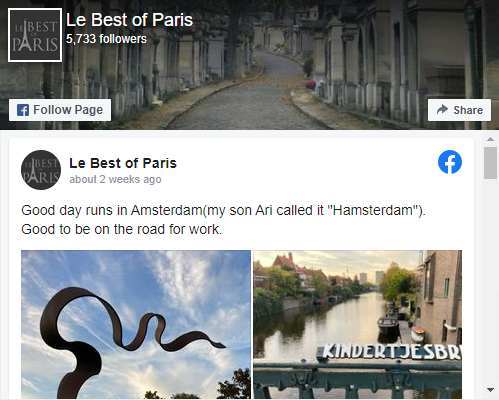Best Restaurants in Paris
Paris is undoubtedly the gastronomy capital of the world. No other city compares to Paris in offering the pure carnal pleasures of brilliant, fresh, and innovative cuisine, often in regal or cozy settings that make dining a memorable event, often for a lifetime. The main challenge in Paris is choosing where to eat. The Michelin Guide posts over 400 restaurants, and over 70 of them have at least one Michelin star. And, notably, not all restaurants in the Michelin Guide should be on your “short list” of places to go, while other terrific restaurants are omitted. So how to choose?
First, take the time to know what you want. Not all restaurants offer the same experience. The top echelon of restaurants offers brilliant cuisine in plush settings but can cost as much as a weekend vacation (or more). If you want the privilege of dining in one of the best restaurants in Paris, go for it, but most Americans don’t find “value” in these restaurants simply because the cost of a meal is so high. Other restaurants, especially bistros, provide high-quality meals, usually in tightly crammed spaces, with a handful of tables for lucky patrons, at value prices of as little as 40-50 Euros/person. Some bistros have modern, sleek settings, while others are more traditional, with dainty lace curtains, wood paneling, and tulip-shaped lanterns. Brasseries have old-fashioned settings and appear just as they look in the movies, as most haven’t changed their decor for nearly a century. Another set of restaurants and cafes remain popular simply because of their nostalgia – they had changed little over the decades and remain as popular now as when Julia Child, Ernest Hemingway, Pablo Picasso, and Jean-Paul Sartre sipped coffee or drank their pichets of wine (but don’t expect a truly great meal).
Narrow your choices by the type of cuisine, the setting, and the price. We have identified restaurants in the following categories: White Glove, Top-Notch, Traditional, Nouvelle, Nostalgia, Ethnic, Following Julia Child, For Kids, and Price (from under 20 Euros to above 150 Euros). We believe each of these categories will help you choose the right restaurant for you.
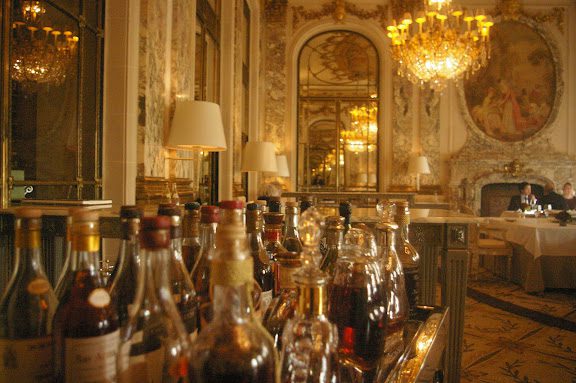
White Glove
These are the crème de la crème, the gilded restaurants where waiters actually wear white gloves when pouring you your morning hot chocolate or coffee or bring you trays of risotto with freshly shaved black truffle. I will never forget the experience of my two boys – aged 4 and 7 – sitting in the regal dining room of Le Meurice as waiters in black ties served them baskets of buttery croissants and poured them velvety hot chocolate while wearing pristine white gloves. There are only a handful of such restaurants in Paris, with palatial dining rooms and the best-trained wait staff and chefs in the world.
Top-Notch
Several terrific bistros and restaurants serve Top-Notch cuisine, the very best that Paris has to offer, without requiring you to spend a small fortune. I have been to bistros with prix-fixe menus of an entrée (appetizer), plat (main course), and dessert, all for under 40 euros, without having to sacrifice the dining experience. Other restaurants may be in the middle to the more expensive range but offer simply supreme cuisine, often in a wonderful atmosphere with stellar service.
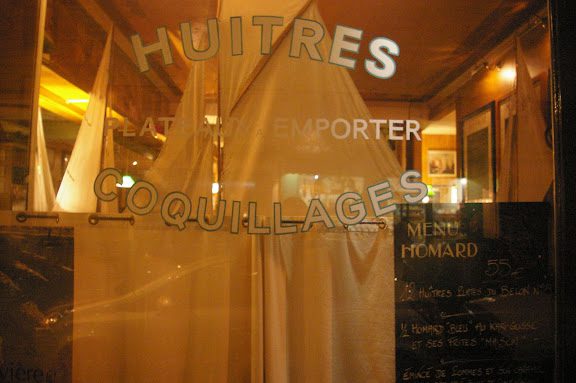
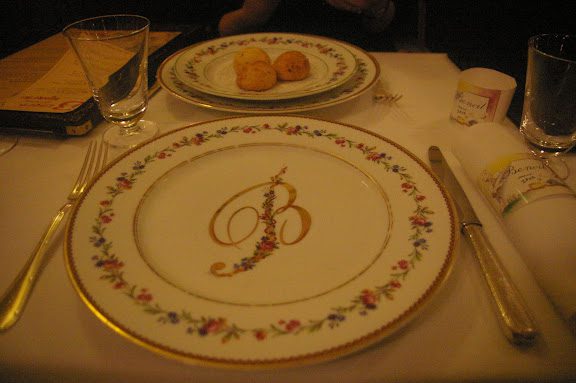
Traditional
Traditional restaurants cling to the past, serving timeless dishes (e.g., escargots, steak au poivre, salade fricassée, crème brulée) in an authentic Parisian atmosphere. Some of my favorite restaurants are traditional stalwarts, offering reliable cuisine in a setting that, thankfully, hasn’t been updated for decades.
Nouvelle
If you want to try something new or slightly edgy, go for nouvelle, as there has been an entire revolution of chefs in bistronomy who combine the classic with the new. Yves Cambelorde, Christian Constant, and a host of other chefs of their generation have shaken the restaurant scene in France by combining the more simplistic bistro cuisine with haute-cuisine (gastronomy), resulting in (bistro+gastronomy) bistronomy. These are good value restaurants, with reliable and inventive cuisine, with a unique and often extraordinary departure from classic dishes, though the influence of classic cuisine presides.
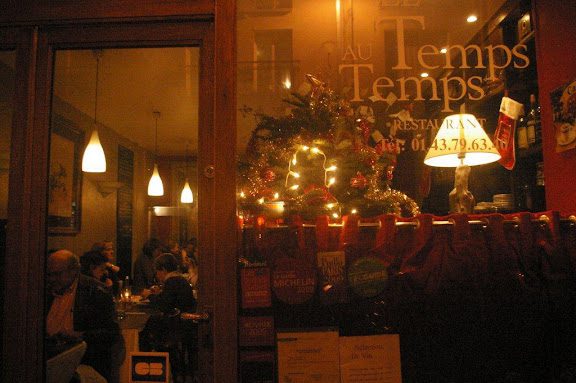
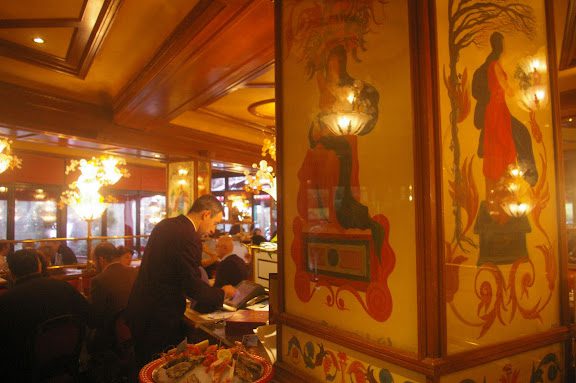
Nostalgia
There are some restaurants and cafes that continue to attract Parisians and locals alike because of their nostalgia. Most haven’t changed for nearly a hundred years (or more), and exude old Paris, with tulip-shaped light fixtures, big mirrors, shiny brass settings, and waiters with classic white aprons and black vests. Don’t expect fantastic food, as that is not the point. Rather, go for a coffee, beer, or glass of wine, and maybe taste one of the many delicacies, such as huîtres (oysters) or escargots. Many of the places we list are open seven days a week and offer some of the best people-watching venues in Paris. You might even see a celebrity (or two) during your visit.
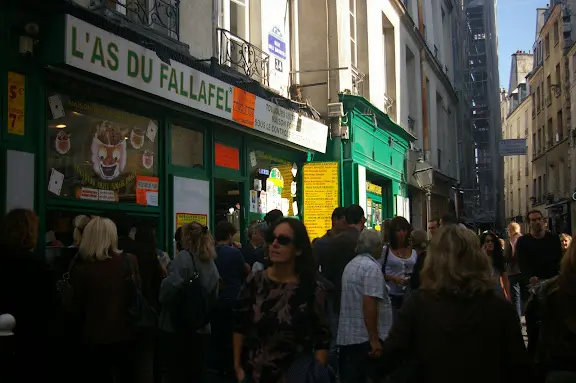
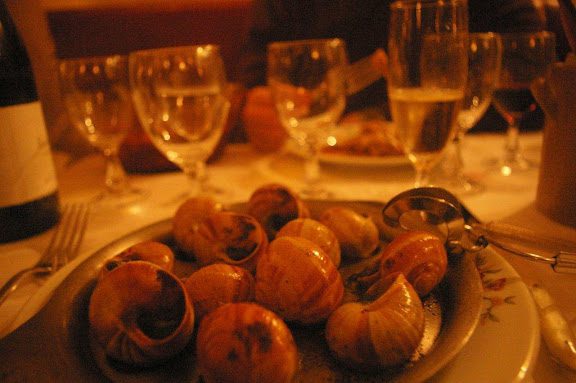
Following Julia Child
Julia Child began her love affair with cuisine and cooking when she moved to Paris in 1949. What is amazing is that so many places she went to over 60 years ago remain Parisian institutions to this day, including some terrific restaurants such as Chez Georges and Le Grand Vefour. We follow Julia in her footsteps and share with you up-to-date information about her favorite restaurants from the late ’40s and early ’50s, and which remain worthy visits to this day (if they are not at least interesting, we don’t write about them).
For Kids
Let’s be honest: Paris is a terrific city for kids but dining out is adult’s play. As most restaurants do not even open until 8:00, and rarely do restaurants have a children’s menu, Parisians tend to leave the children at home with a babysitter. This makes sense, as dining out takes, on the short end, two hours, while more lavish meals last 3-4 hours. However, if you plan carefully, there are several great restaurants for children, usually of the Italian variety, because of the availability of pasta or pizza. As we have two young boys of our own, we know by experience which restaurants are appropriate for children and ensure a good family night out for everyone.
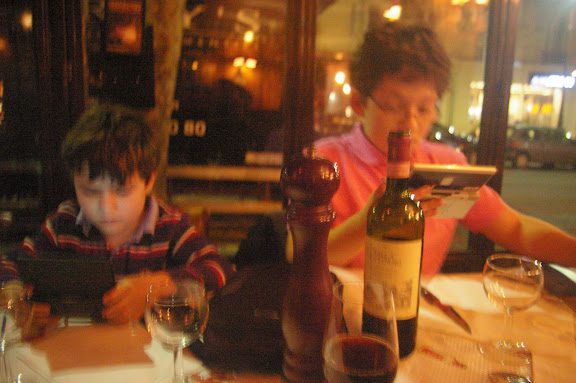
Price
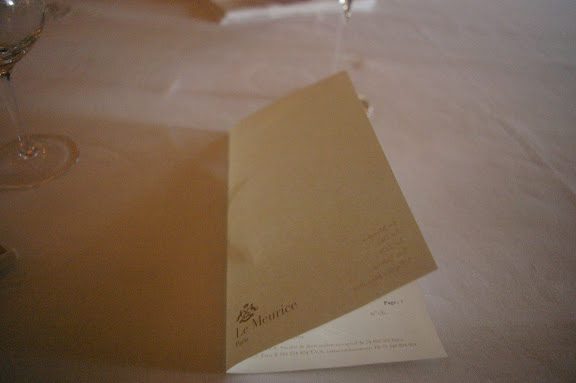
You need to be budget minded when dining in Paris, given the wide range in prices and the fact that price doesn’t always correlate with quality. Expensive restaurants can cost more than 150 Euros per person, while other restaurants on the low end can cost as little as 20 Euros per person (Las du Falafel in the Marais is one of the better values for any meal in Paris). But don’t let price drive your decisions, as there are plenty of terrible restaurants with menus under 30 or 40 Euros per person that lure you in. You need to know where to go, as you can go to a great bistro for 30 Euros or a terrible café for more. We give fair estimates on the pricing of restaurants, but, as with anything, premium restaurants tend to come with a premium price.
Second, plan ahead. Too often, people ask me where to go for dinner after they’ve arrived in Paris. Usually, any good restaurant is booked days, if not weeks, ahead. Indeed, any time I call a restaurant the day before I intend to go out and they have a table, I am skeptical if I have made the right choice. So, if you really care, plan ahead, research what you want, and book days, if not weeks, ahead.
Third, play by the rules. When you come to France, please be respectful and enjoy the experience as the French do. Depending upon the venue, men must wear at least a jacket, dress shirt, slacks, and dress shoes, and women must also be appropriately dressed (a dress or skirt with heels is the norm). As a Seattle-ite, I was used to wearing sweatpants, running shoes, and a scruffy t-shirt out to a nice place, but Paris has taught me the fun of playing grown-up and wearing the right attire out for an evening. Indeed, you can never be too dressed up for a night out (save, possibly, wearing a black tie), as this is a city where suave and beautiful are savored, like food.
Also, chill out, i.e., enjoy your time and don’t be rushed. Dining out is an experience where good food AND conversation, AND fun are a must. The playfulness with your waiter is ok, so long as you don’t get too chummy, and social banter with the table next to you can also be fun, especially when sitting in a pocket bistro can be like riding herd in an office elevator. In short, don’t expect to be served in 10 minutes. Even slight signs of impatience are rude by French standards, and you should take the time to enjoy your meal. Of course, if you have limited time, tell your waiter politely in advance, and they will do their best to accommodate you.


